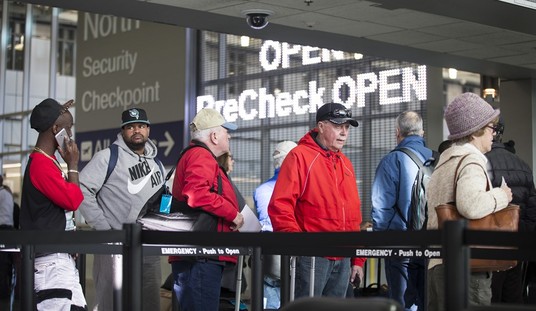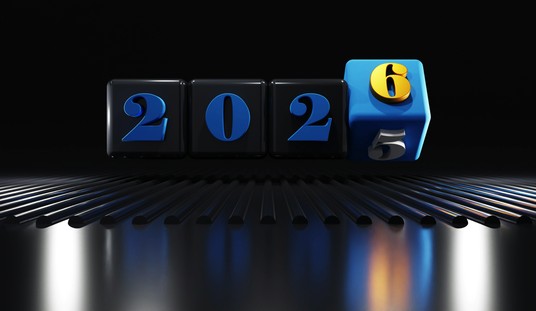I spent perhaps a bit too much time this morning trying to put the spreadsheet below into graphical form:
| Pollster | Time | R | D | R +/- |
| NPR | Oct 3/4 | 43 | 43 | 0 |
| NPR | Sept 4/4 | 45 | 48 | -3 |
| Politico | Oct 4/4 | 46 | 45 | 1 |
| Politico | Oct 3/4 | 46 | 46 | 0 |
| Politico | Oct 2/4 | 44 | 46 | -2 |
| Politico | Oct 1/4 | 45 | 46 | -1 |
| Politico | Sept 4/4 | 44 | 46 | -2 |
| Politico | Sept 3/4 | 45 | 47 | -2 |
| Rasmussen | Oct 4/4 | 46 | 43 | 3 |
| Rasmussen | Oct 3/4 | 44 | 43 | 1 |
| Rasmussen | Oct 2/4 | 42 | 43 | -1 |
| Rasmussen | Oct 1/4 | 43 | 44 | -1 |
| Rasmussen | Sept 4/4 | 45 | 41 | 4 |
| Rasmussen | Sept 3/4 | 44 | 43 | 1 |
| Rasmussen | Sept 2/4 | 44 | 43 | 1 |
| Rasmussen | Sept 1/4 | 42 | 44 | -2 |
It shows the current pollsters checking the Generic Congressional Ballot, as per RCP. Most of the labels are self-explanatory: “R +/-” represents the amount by which Republicans are ahead/behind on any given poll. RCP’s current average is R+1.3, which represents a strong shift towards the Republicans in the last month among all three pollsters: 5 points for Rasmussen, 4 points for Politico, and 3 for NPR (although ‘shift’ is possibly the wrong word for the last one, given that there’s only been two polls).
In case you’re wondering how the RCP average predicts House gains/losses, well, the best answer is “broadly:”
| Year | RCP | Actual | R H | R P |
| 2010 | 9.4 | 6.8 | 63 | N/A |
| 2008 | -9.0 | -10.7 | -21 | -7.3 |
| 2006 | -11.5 | -7.9 | -30 | N/A |
| 2004 | 0.0 | 2.6 | 3 | 2.4 |
| 2002 | 1.7 | 4.6 | 8 | N/A |
‘RCP’ is the final RCP advantage/disadvantage for Republicans that election; ‘Actual’ is what we, well, actually got. ‘R H’ is the number of House seats gained/lost by Republicans in that election; ‘R P’ shows the Republican margin of the popular vote in that year’s Presidential election. So, broadly it looks like the RCP Generic Congressional Ballot average is telling us that this election is looking a lot more like 2004’s than 2008’s, on the Congressional level. We’re a week in from Election Day and there’s no sign of a surge that will fuel the Democrats retaking the house… yes, you knew that already. But here’s the thing: the second chart above shows a rough correlation between generic ballot advantage and voter enthusiasm. Right now, the numbers are suggesting that the D/R ratio of voter enthusiasm is at 2004 and 2002 levels, not at 2008 and 2006’s. Which means that if you’re assuming that the 2012 electorate is going to be essentially unchanged from the 2008 one, you may end up having a nasty surprise…
Moe Lane (crosspost)
PS: As you might have noticed, I am serenely unconcerned about the fact that we are ‘merely’ ahead by a point or so on the Generic Congressional Ballot. I would be equally serene if we were tied, and would not start getting worried until we were at least four points down. That’s because what I care about is how many seats we gain or lose; and from what I’ve seen in the last ten years this level of enthusiasm is going to be enough to keep us in the single-digit range of the net shift in the House. So be it: single-digit losses mean we still keep the House, and we’ll worry about 2014 in 2013.













Join the conversation as a VIP Member